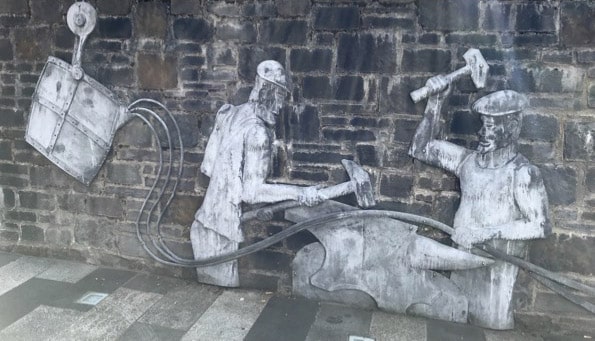Steel-making has profoundly affected lives and landscapes in modern Wales with the building of major industrial works, docks, roads, and worker housing, to changing patterns of shift-work, commuting, leisure and social life.
The industry also connected Welsh towns like Port Talbot, Newport, Ebbw Vale and Shotton, with international networks of knowledge and expertise in the technology and logistics of the industry, but also made them subject to the economic fluctuations of steel in the global market place.
Public perceptions of the industrial history of Wales are often dominated by coal, but by the mid-1960s steel employed more people in Wales than did the declining coal industry. Since then, job losses and works closures have also forced many steel communities to re-think their identity and their relationship with the industry. You can find links to digital resources the project team produced on the history and heritage of the steel industry on the project webpage.

Project lead: Louise Miskell. Project members: Gemma Almond and Hilary Orange
Project dates: 2019-2021
Contact Louise: l.miskell@swansea.ac.uk
Follow the project on Twitter @Steelworlds
